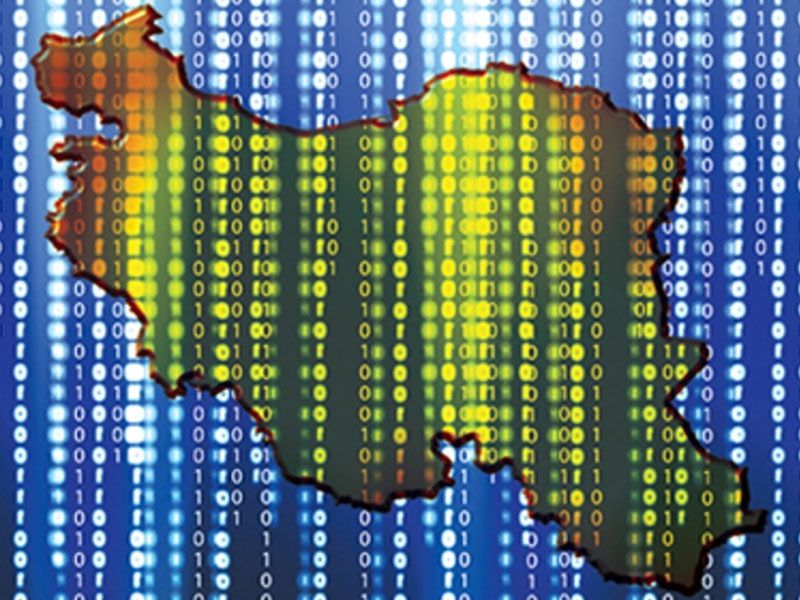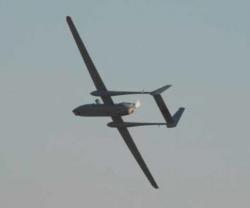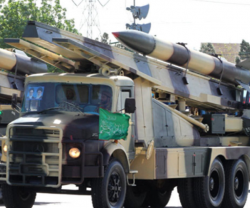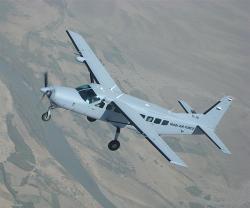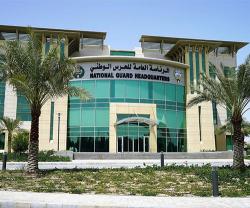“The command and control system to assess threats has been designed and is being built in Iran for the first time and will be completed within the next two months,” Jalali noted.
He added that the Civil Defense Organization plans to stage specialized drills in the middle of the next season. He further explained that the Civil Defense has already conducted exercises in the radiation, biological, chemical and cyber fields.
After wide-scale cyber attacks on Iranian facilities, including its nuclear sites in recent years, Iranian officials started planning against virus attacks.
In March 2012, the Islamic Republic of Iran announced plans to strengthen its cyber power by establishing a Supreme Council of Cyberspace to defend the country against cyber attacks.
In January 2013, Iran's mission at the United Nations criticized the US for its involvement in cyber attacks against Tehran, and stressed that Iran respects international laws and regulations against the use of malwares against other nationsˈ economic sectors.
In December 2012, Iran announced that it has thwarted a second cyber attack on one of its Culture Ministry institutes.
The cyber attack, originated from the US city of Dallas via switches in Malaysia and Vietnam, had targeted the information center of the Culture Ministry's Headquarters for Supporting and Protecting Works of Art and Culture.
The attack was repelled by the headquarters experts.
In the last few years, various Iranian industrial, nuclear and government bodies have come under growing cyber attacks, widely believed to be designed and staged by the US and Israel.
Wide scale cyber attacks on Iranian facilities started in 2010 after the US and Israel tried to disrupt the operation of Iran's nuclear facilities through a worm which later came to be known as Stuxnet.
US intelligence officials revealed in April 2012 that the Stuxnet malware was not only designed to disrupt Iran's nuclear program, but was part of a wider campaign directed from Israel that included the assassination of the country's nuclear scientists.
Stuxnet is the first discovered worm that spies on and reprograms industrial systems. It is specifically written to attack SCADA systems which are used to control and monitor industrial processes.
In September 2013, the Islamic Republic said that the computer worm of Stuxnet infected 30,000 IP addresses in Iran, but it denied the reports that the cyber worm had damaged computer systems at the country's nuclear power plants.
Source: FNA

